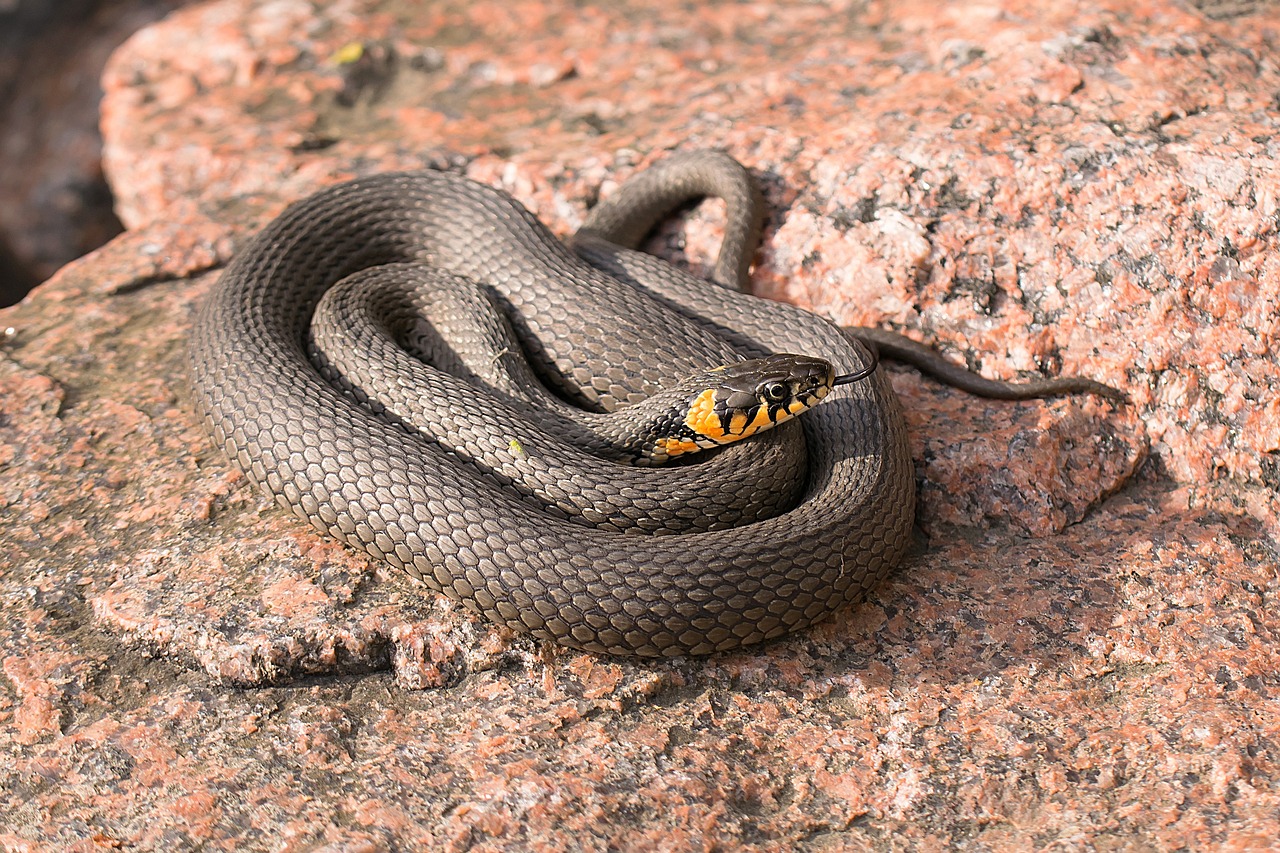In the realm of wildlife, few creatures evoke as much fear and fascination as venomous snakes. With their potent toxins and sometimes intimidating displays, these reptiles have earned a fearsome reputation among humans and other animals alike. However, beneath the surface of this fear lies a more nuanced reality: venomous snakes are not the aggressive predators many believe them to be. In fact, most venomous snake species actively avoid confrontation with larger animals, including humans, whenever possible. This article explores the defensive behaviors, evolutionary adaptations, and real-world scenarios that demonstrate how venomous snakes typically prefer flight over fight, using their venom as a last resort rather than a first line of attack.
The Evolutionary Purpose of Venom
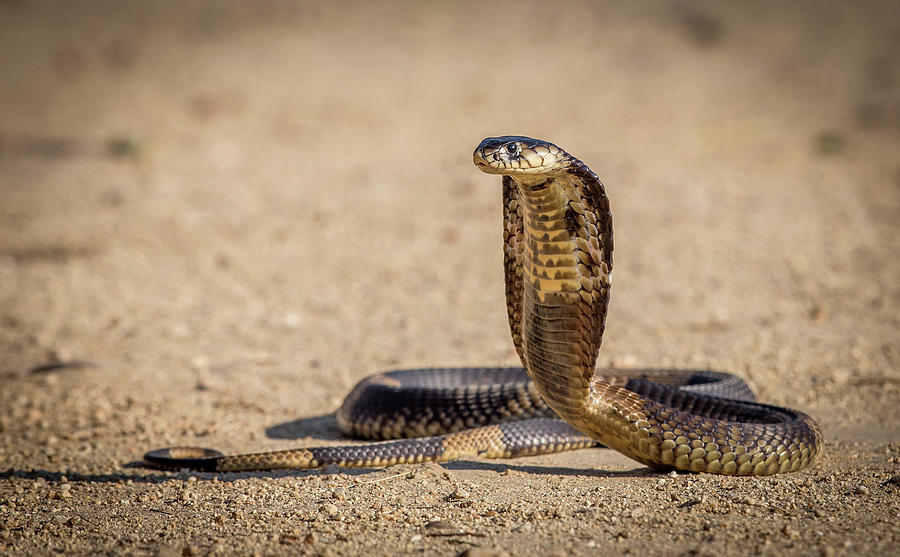
Contrary to popular belief, snake venom evolved primarily as a hunting tool, not as a defense mechanism against predators or threats. Venom production is metabolically expensive for snakes, requiring significant energy to produce, store, and replenish these complex biochemical cocktails. This biological investment makes venom too valuable to waste on non-prey animals that the snake has no intention of consuming. From an evolutionary perspective, snakes that conserved their venom for hunting had better survival rates than those that depleted their supplies on defensive strikes. This conservation strategy explains why many venomous species will go to great lengths to avoid using their venom when threatened, instead relying on a graduated series of warning behaviors before resorting to a venomous bite.
Warning Displays: The First Line of Defense

When a venomous snake encounters a potential threat, its first response is typically to employ warning displays that communicate danger without physical engagement. Rattlesnakes famously shake their rattles, creating a distinctive sound that alerts nearby animals to their presence. Cobras expand their hoods to appear larger and more intimidating, while many vipers hiss loudly or puff up their bodies. These visual and auditory signals serve a critical purpose: they allow the snake to potentially avoid conflict altogether by encouraging the threat to retreat. Such warning behaviors represent a mutually beneficial outcome, as both the snake and the potential threat can avoid injury or energy expenditure in an unnecessary confrontation.
Escape Behaviors: The Preferred Strategy
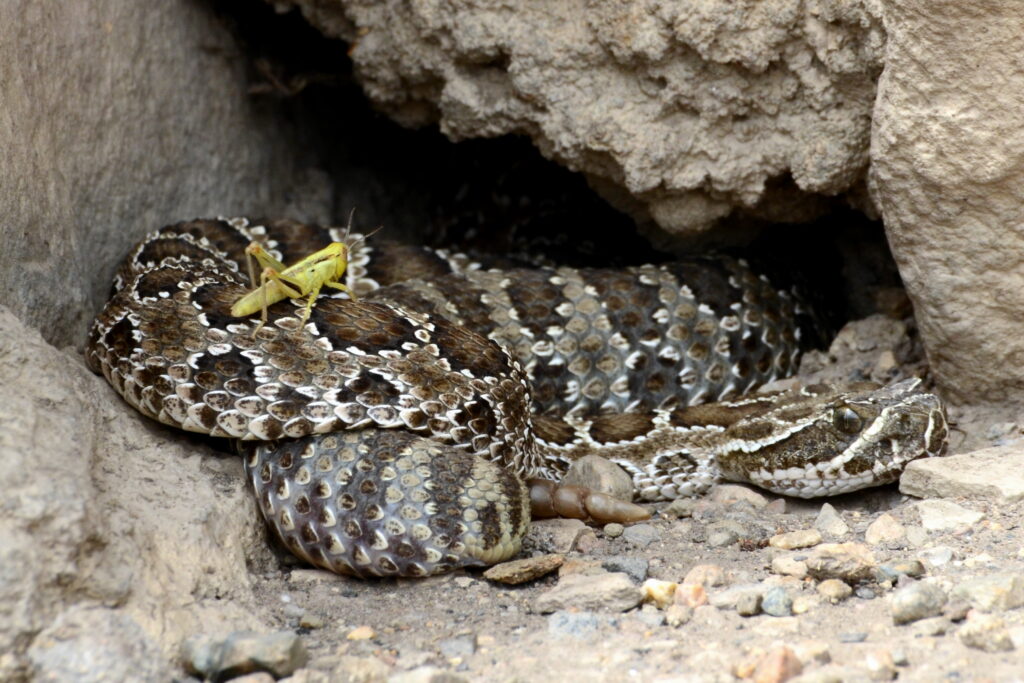
For most venomous snakes, the preferred response to a threat is simple: escape. Contrary to the popular image of aggressive snakes chasing humans, most species will rapidly retreat when given the opportunity. Field studies consistently show that when venomous snakes detect human presence from a distance, they typically move away rather than prepare for confrontation. Desert species like the sidewinder rattlesnake may quickly bury themselves in sand, while forest-dwelling species might slip under leaf litter or into burrows. This flight response is so prevalent that herpetologists often have difficulty locating certain species in the wild precisely because of their effective avoidance behaviors.
The “Dry Bite” Phenomenon
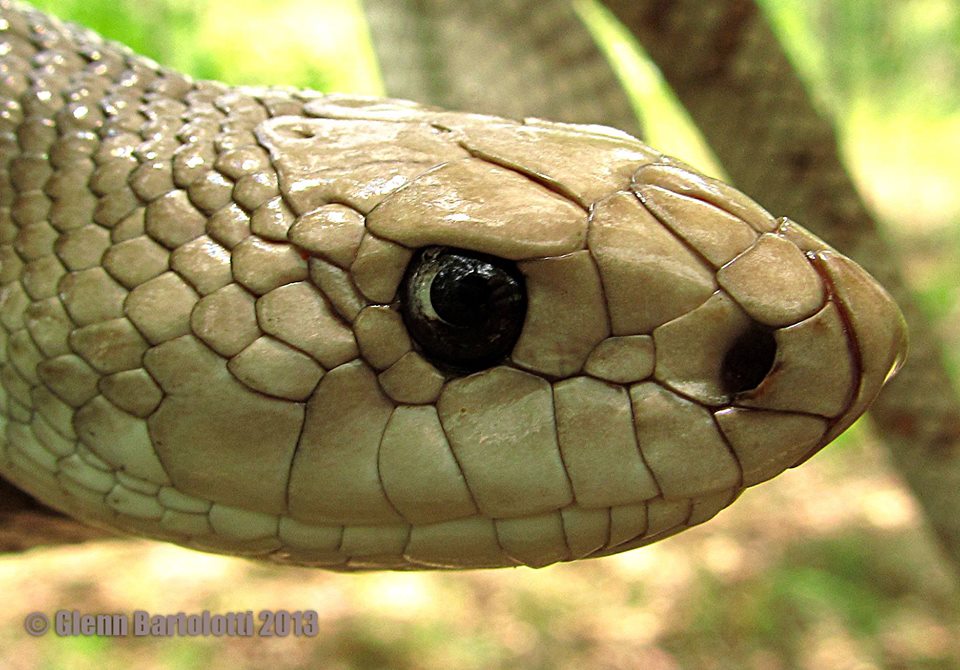
Even when cornered and forced to strike defensively, many venomous snakes employ what herpetologists call a “dry bite” – a strike delivered without injecting venom. Studies of defensive bites from rattlesnakes show that between 20-25% are dry bites, suggesting a deliberate conservation of valuable venom resources. This phenomenon appears across multiple venomous snake families and indicates a level of control over venom deployment that contradicts the notion of indiscriminately aggressive serpents. For the snake, a dry bite accomplishes the immediate goal of creating distance from the threat while preserving venom for hunting or more serious defensive situations. This behavior provides further evidence that venomous snakes prefer non-lethal conflict resolution when possible.
Specialized Defensive Adaptations
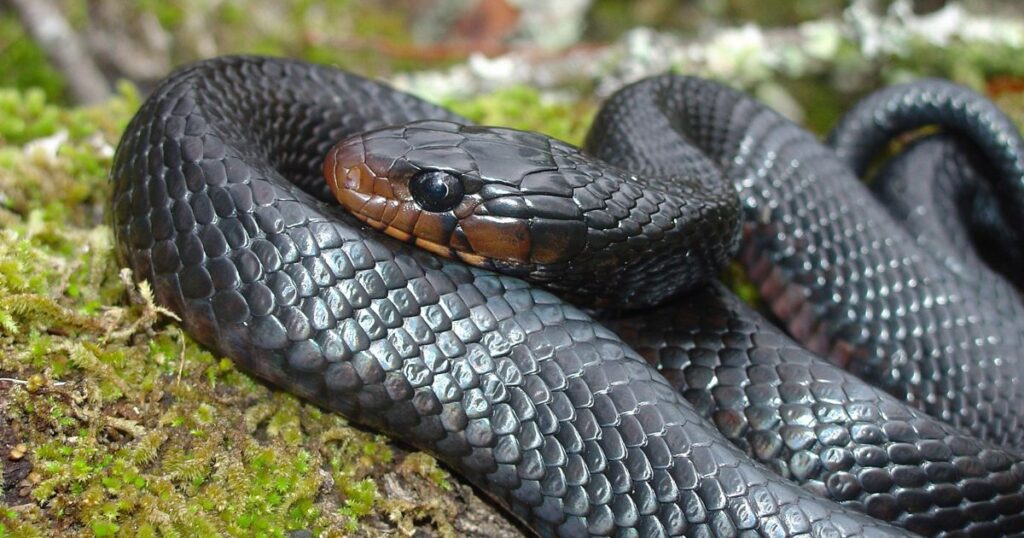
Many venomous snake species have evolved specialized adaptations specifically designed to avoid conflict rather than initiate it. The death adder of Australia, despite its ominous name, uses its tail as a lure to attract prey while keeping its body camouflaged – the same camouflage that helps it avoid detection by potential threats. The African bush viper’s exceptionally rough scales and vibrant coloration serve dual purposes: aiding in camouflage among vegetation and potentially warning predators of its venomous nature. The Gaboon viper, possessing some of the longest fangs in the snake world, relies primarily on its virtually perfect leaf-litter camouflage pattern to avoid detection altogether. These adaptations demonstrate how venomous snakes have evolved to prioritize conflict avoidance through stealth and deception rather than aggressive confrontation.
Snake Body Language: Reading the Signs
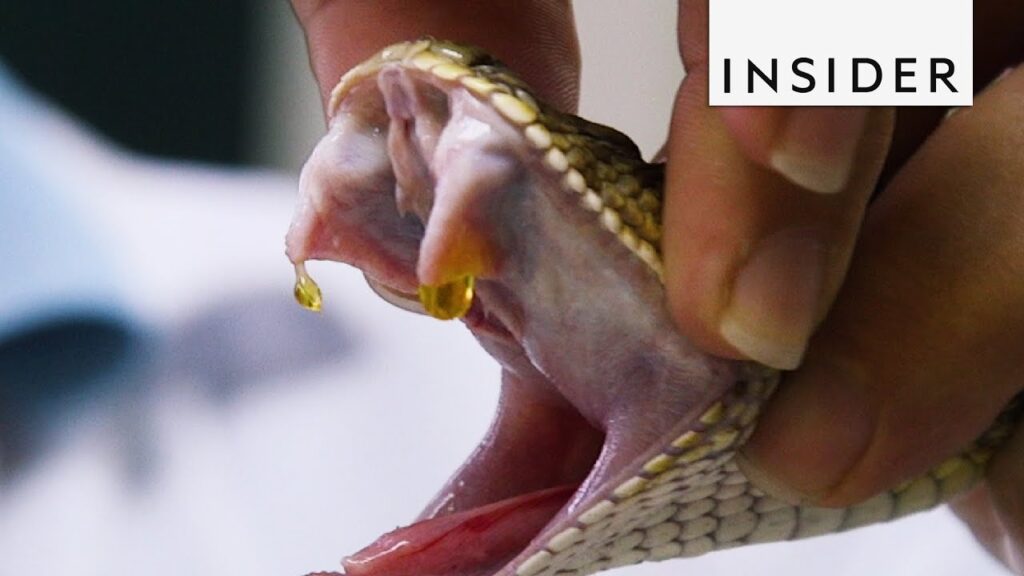
Understanding snake body language reveals clear indications that venomous snakes telegraph their reluctance to engage in conflict. A relaxed, extended body posture generally indicates a snake that is unaware of threats or unconcerned by them. As a snake becomes aware of potential danger, its body language changes progressively: first coiling into a more defensive position, then raising its head, and finally assuming a strike posture only after other warnings have failed. This graduated response system demonstrates that striking is a last resort, not an eager response. Snake handlers and herpetologists learn to recognize these signals, understanding that a snake displaying defensive posturing is communicating its desire to be left alone rather than its intention to attack.
Temperament Variations Among Species
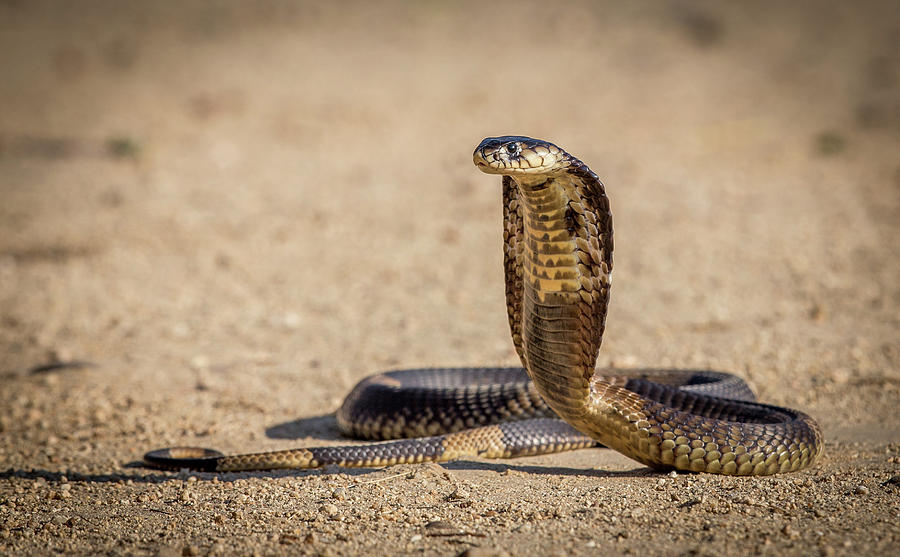
Not all venomous snakes display the same level of conflict avoidance, with significant behavioral variations existing between species. The black mamba, while preferring escape when possible, has earned its reputation for being more willing to stand its ground when cornered. In contrast, many rattlesnake species will continue rattling and bluffing even when closely approached, striking only as an absolute last resort. The king cobra, despite being the world’s longest venomous snake, typically attempts to intimidate with its impressive hood display rather than immediately striking when confronted. These temperament differences likely evolved based on each species’ habitat, predator pressure, and ecological niche, but the general pattern of preferring non-confrontational solutions remains consistent across the majority of venomous snake species.
Human Encounters: When Snakes Strike

Analysis of human snakebite incidents reveals patterns that support the conflict-avoidance theory. The vast majority of venomous snakebites occur when humans accidentally step on or near unseen snakes, attempt to handle or capture snakes, or intrude upon snakes in confined spaces where escape is impossible. Studies from Australia, where numerous venomous species exist, found that provocation was involved in over 70% of recorded bites. The pattern is similar in North America, where most rattlesnake bites occur on the hands, suggesting handling or interference rather than unprovoked aggression. These statistics support the conclusion that venomous snakes bite humans primarily when they perceive no other option for avoiding what they interpret as a life-threatening situation.
The Role of Habitat and Vulnerability
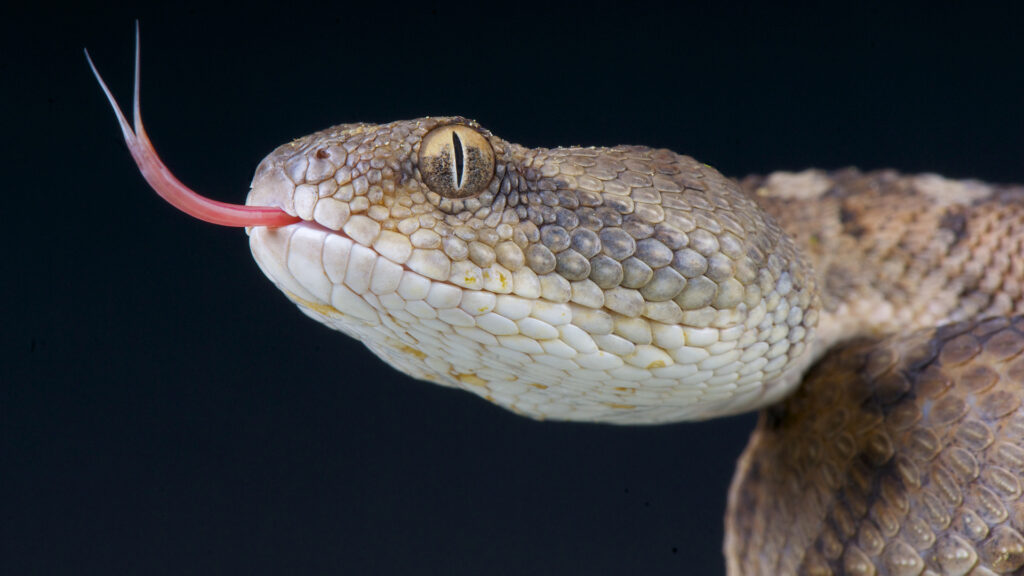
A snake’s environmental context significantly influences its conflict avoidance strategy. Arboreal venomous species like the green mamba rely heavily on their camouflage and typically freeze when detected, understanding that rapid movement might reveal their location to predators. Ground-dwelling species in open habitats, like the prairie rattlesnake, often retreat to the nearest burrow when they sense ground vibrations from approaching large animals. Aquatic venomous snakes, such as sea snakes and water moccasins, typically swim away from disturbances rather than confronting them. These habitat-specific behaviors reflect how venomous snakes have adapted their conflict avoidance strategies to their particular ecological vulnerabilities and escape options.
Venom Conservation: A Survival Strategy
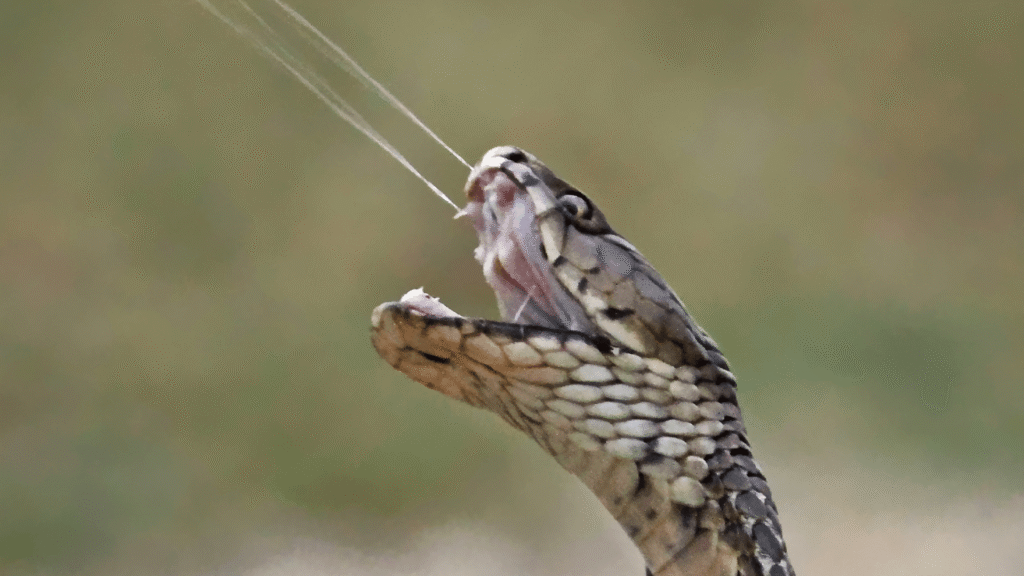
The biological cost of producing venom creates a powerful incentive for snakes to avoid unnecessary venom expenditure. Research has demonstrated that snakes forced to expend venom defensively may face temporarily reduced hunting success until their venom reserves are replenished. For species like rattlesnakes that may only feed a few times per month, this represents a significant survival disadvantage. Some studies suggest that complete venom regeneration can take up to two weeks in certain species, during which time the snake’s ability to quickly subdue prey is compromised. This metabolic reality drives the evolutionary advantage of conflict avoidance behaviors, as snakes that successfully avoid confrontation maintain their full predatory capabilities.
Misunderstood Behaviors: When Avoidance Looks Like Aggression

Some snake behaviors commonly interpreted as aggression actually represent sophisticated avoidance strategies. The “false strike” or bluff strike, where a snake lunges forward with closed mouth or deliberately falls short of the target, serves to create distance without actual contact. The sidewinding locomotion of certain rattlesnakes, which can appear to be moving toward a threat, may actually be the fastest way for these snakes to move away across loose sand. Even the intimidating hood flare of a cobra is primarily designed to make the snake appear too dangerous to attack, hopefully preventing conflict altogether. These behaviors highlight how human misinterpretation of snake body language can lead to the false perception of aggression when the snake is actually attempting to avoid confrontation through intimidation or deception.
Educational Approaches to Snake Safety
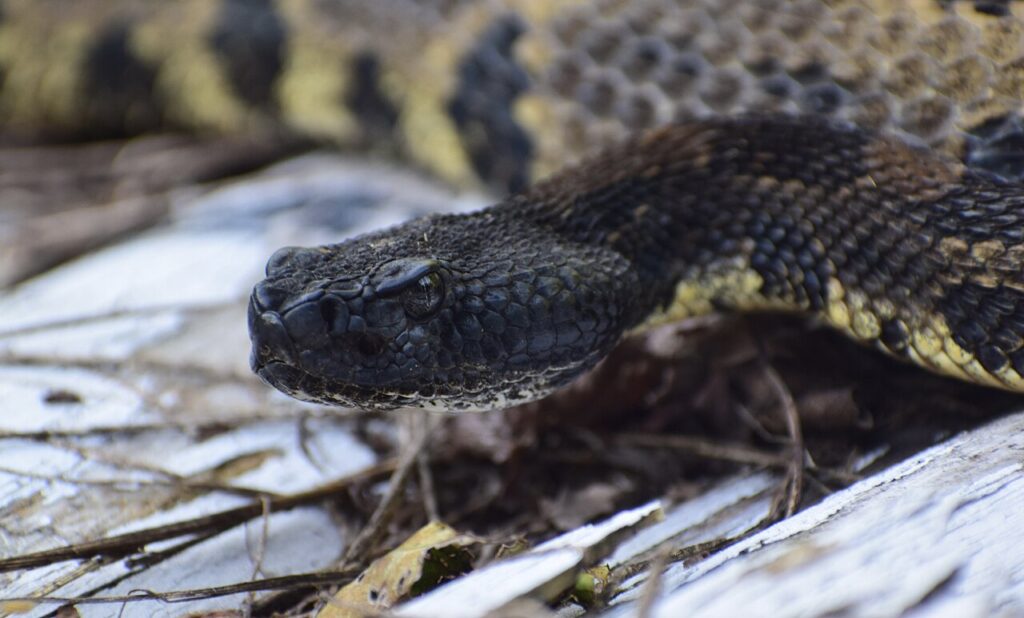
Understanding that venomous snakes generally prefer to avoid conflict has important implications for human safety in snake habitats. Educational programs that emphasize alert movement, proper footwear, and avoiding hand placement in unseen areas address the most common circumstances leading to snakebite. Teaching people to step on top of logs rather than over them, to make noise while walking in snake country, and to give any visible snake a wide berth all work with the snake’s natural avoidance tendencies. Conservation organizations increasingly focus on these behavioral approaches rather than snake eradication, recognizing that human adaptation to snake behavior is more effective than attempting to eliminate these ecologically important predators from their natural habitats.
Conclusion
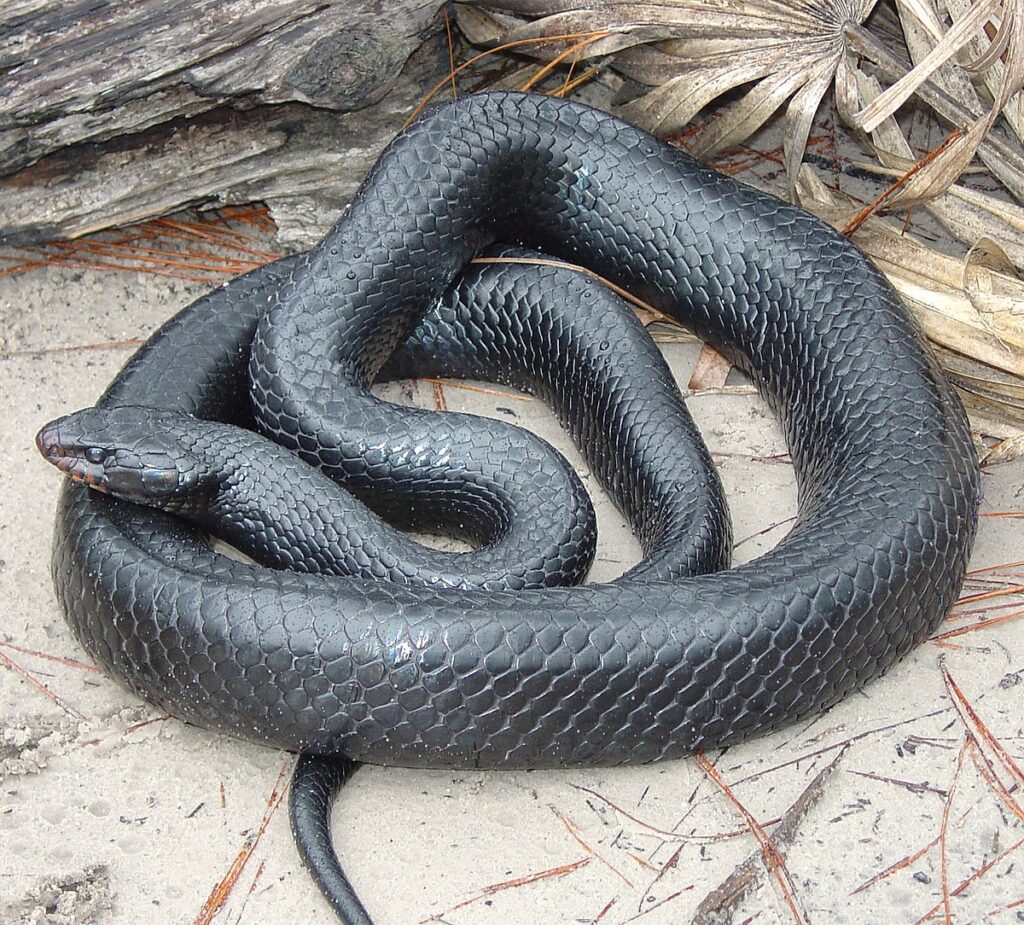
The evidence overwhelmingly suggests that venomous snakes are not the aggressive, conflict-seeking creatures often portrayed in popular culture. Instead, they are highly specialized predators that have evolved numerous strategies to avoid unnecessary confrontation with larger animals, including humans. From warning displays and escape behaviors to dry bites and specialized camouflage, venomous snakes demonstrate a clear preference for conflict avoidance. This understanding not only helps reshape our perception of these remarkable reptiles but also provides practical guidance for reducing negative snake-human interactions. By respecting a snake’s desire to avoid conflict and giving these animals the space they need, we can coexist more safely with these important members of our global ecosystems.

